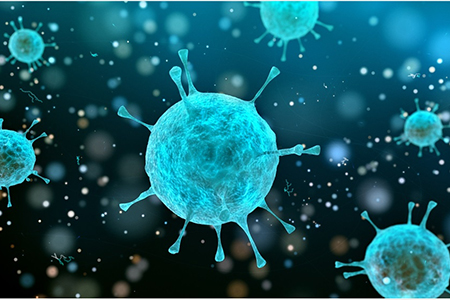Bacterial contamination cannot be reliably detected by sight, smell, or taste, only through a water test. Bacterial contamination sources include runoff from feedlots, pastures, dog runs, discharge from treatment facilities, floodwaters. Bacteria contamination can indicate a serious problem with your well water system, so proper testing techniques are important to properly identify the problem.

About Well Water Bacteria
There are many different causes of bacterial contamination, from poor well construction to film inside your home’s pipes. When a test is done for bacterial contamination, the lab looks for total and fecal coliform bacteria. This includes E. coli, which grows in the intestinal track of animals and is found in sewage and animal feces. These bacteria die off within about 30 days after leaving the host. Therefore, if coliform bacteria are found in a water supply over a long period of time, it indicates continuous contamination.
Most coliform bacteria are not harmful to your health, although E. coli can cause severe illness in some, with symptoms similar to food poisoning. Their presence does indicate that other, more harmful bacteria are present and pose a health risk.
Caused of Bacteria Contamination
Poor well construction: This includes a buried well head, inadequate well cap or problems with the well casing. Poor well construction can lead to many problems with your well supply and if this is the cause, a professional well service contractor should be consulted.
Recent well repairs or construction: Bacteria in the dirt surrounding the well pump or solids inside the plumbing can lead to bacterial contamination. A water system should be thoroughly flushed after a new water pump or plumbing is installed.
Problems with the aquifer or surrounding soil: Bacteria in water are typically filtered out naturally as they flow through the soil, but in some cases, the geology doesn’t provide an adequate filter.
Contamination within your water system: Some water treatment systems, like activated carbon filters that attach to a faucet, can grow bacteria if not changed regularly. Bacteria can also form on the inside of pipes and tanks.
Shock Chlorination of the water system/Well followed by UltraViolet Purification systems is TrueWaterQuality’s typical treatment regime.
